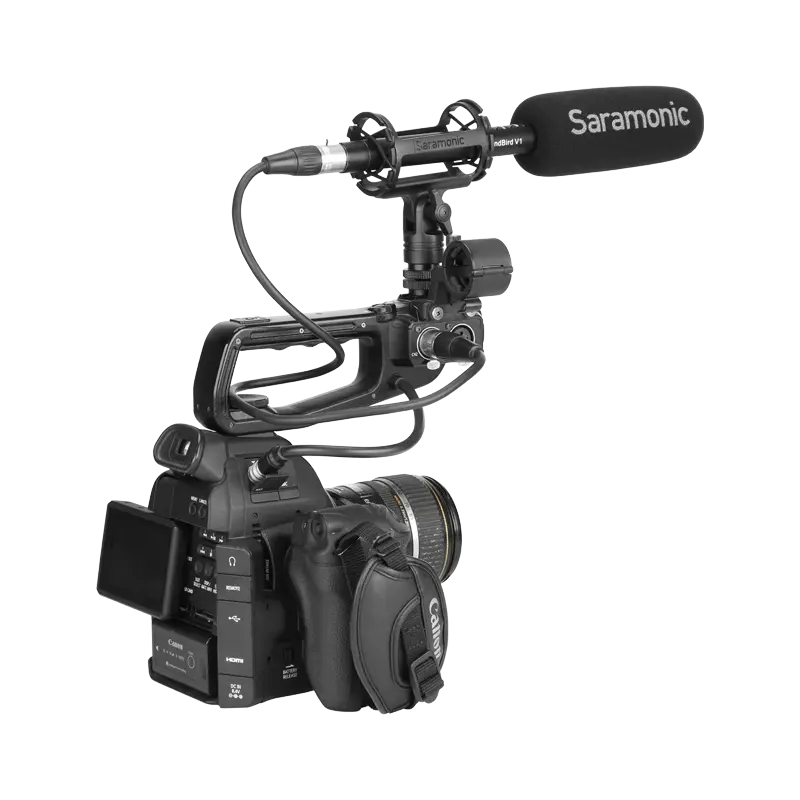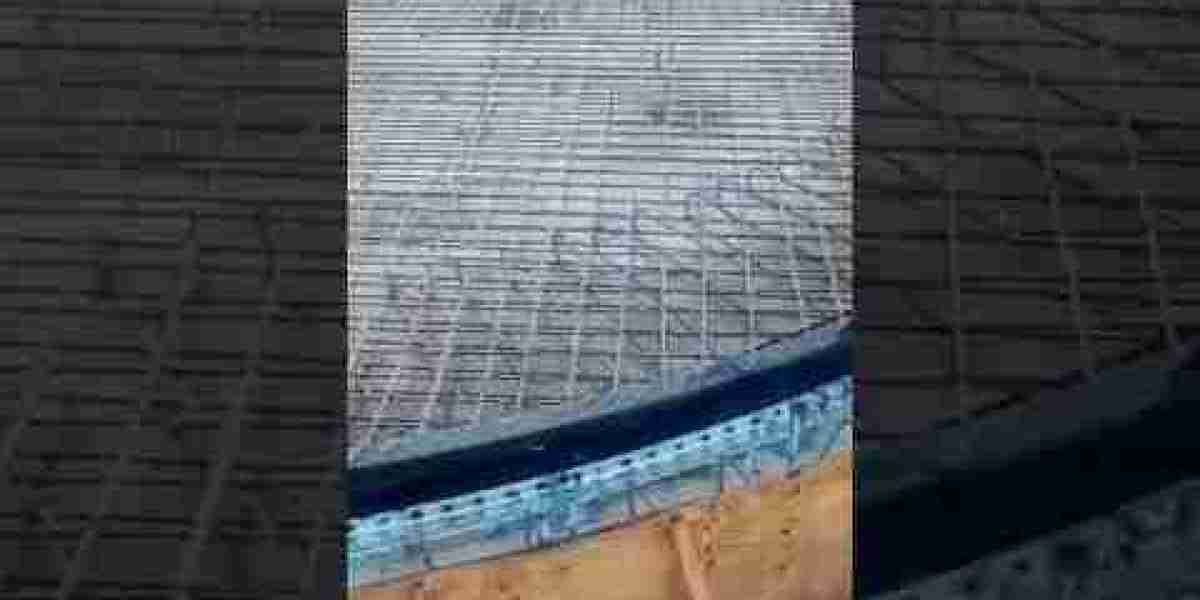Unlock the Secret to Captivating Audio: Your Ultimate Guide to Choosing the Perfect Shotgun Microphone!
When it comes to audio recording, clarity and precision are paramount, and this is where shotgun microphones shine. These specialized microphones are designed to capture sound from a specific direction while minimizing background noise, making them indispensable tools for filmmakers, podcasters, and live event organizers. With the rise of content creation across various platforms, understanding how to choose the right shotgun microphone has never been more important. In this article, we will explore the fundamentals of shotgun microphones, key features to consider, and practical tips for effective usage. Whether you’re recording a documentary, vlogging, or capturing ambient sounds in the field, this guide will equip you with the knowledge needed to select the perfect shotgun microphone for your needs.

Understanding Shotgun Microphones
A shotgun microphone is a highly directional microphone that uses a narrow pickup pattern to capture sound from a specific source while rejecting sounds from other directions. Its unique design includes an elongated shape that allows for enhanced directionality, often characterized by a supercardioid or hypercardioid polar pattern. This means that it is most sensitive to sounds coming from the front, while sounds from the sides and rear are significantly attenuated. This feature makes shotgun microphones ideal for situations where the sound source is at a distance, such as interviews or outdoor recordings. Understanding how these microphones function helps users make informed choices based on their recording environments and objectives.
Key Features to Consider When Choosing a Shotgun Microphone
When selecting a shotgun microphone, several essential features should be taken into account. First, the pickup pattern is crucial; a supercardioid pattern captures sound from the front while rejecting off-axis noise, while hypercardioid patterns are even more directional but may pick up some sound from the rear. Next, frequency response affects how well the microphone captures different sound frequencies; a broader range typically means better audio quality. Sensitivity is another important factor; a highly sensitive microphone can capture quiet sounds, but it may also pick up unwanted background noise. Lastly, the microphone's size and weight can impact portability and ease of use, particularly for field recordings or mobile setups. Understanding these features can greatly influence the usability and audio quality achieved in various recording environments.
Choosing the Right Shotgun Microphone for Your Needs
The application of shotgun microphones varies widely, from filmmaking to vlogging and field recordings. For filmmakers, a shotgun microphone is essential for capturing dialogue clearly amidst ambient sound, making it easier to sync audio in post-production. Vloggers, on the other hand, may require a compact and lightweight shotgun microphone that can easily be mounted on a camera or smartphone. For field recordings, durability and weather resistance might be priorities, as outdoor conditions can be unpredictable. When choosing the right microphone, it’s crucial to assess your specific needs and the environments in which you will be recording. A friend of mine who produces travel vlogs found that a lightweight shotgun microphone significantly improved his audio quality without adding bulk to his gear.
Tips for Using Shotgun Microphones Effectively
To achieve optimal audio quality with a shotgun microphone, proper positioning is key. Ideally, the microphone should be pointed directly at the sound source and placed as close as possible without encroaching on the frame of the shot. This reduces the pickup of ambient noise and enhances clarity. Avoid common mistakes such as using the microphone too far from the subject or allowing it to pick up unwanted sounds from the sides. Utilizing windshields can also help minimize wind noise during outdoor recordings. Additionally, conducting sound checks and monitoring audio levels can prevent issues during actual recordings. My friend, who is an aspiring filmmaker, learned the hard way about the importance of monitoring audio; he once recorded an entire interview only to find out that background noise rendered it unusable.
Final Thoughts on Selecting a Shotgun Microphone
In conclusion, selecting the right shotgun microphone is vital for capturing high-quality audio in various applications. We’ve discussed the fundamentals of shotgun microphones, key features to consider, and practical tips for effective use. By understanding your specific recording needs and the characteristics of different shotgun microphones, you can make a more informed decision that elevates your audio production. Remember, the right microphone can make all the difference in achieving the clarity and impact you desire in your recordings. Take the time to assess your requirements and choose wisely – your audience will thank you!






